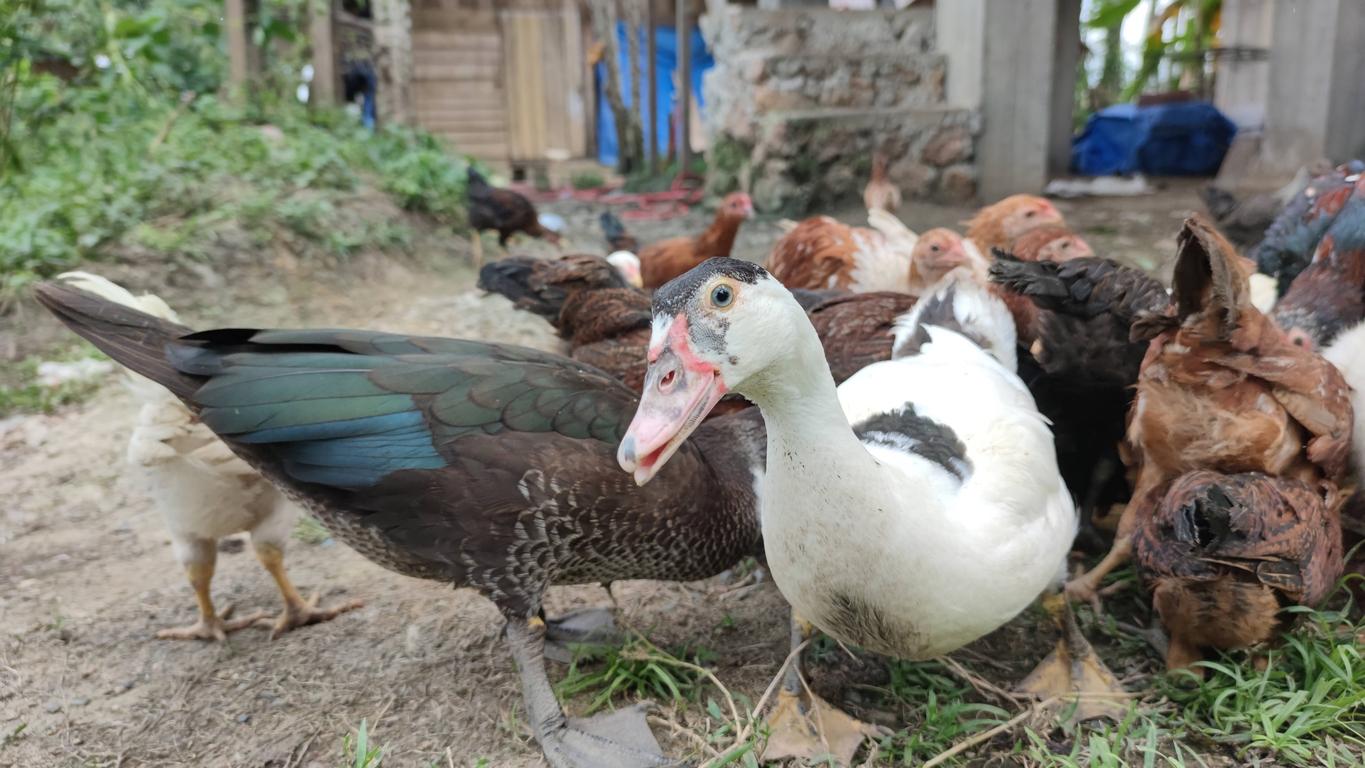Animal health officials in Vietnam and with the United Nations Food and Agriculture Organization (FAO) today urged countries to be on alert for a new highly pathogenic avian influenza (HPAI) H5N1 reassortant virus in chickens and mescovy ducks, which was found during active surveillance.
In a statement, the FAO said the virus is a reassortant between the older H5N1 clade (2.3.2.1c) that is still circulating in parts of Asia and a newer H5N1 clade (2.3.4.4b) that began circulating globally in 2021.
A reminder about the virus' ability to adapt
The reassortant virus contains surface proteins of the older clade virus and internal genes from the more recent virus clade. The reassortant has been circulating across the Greater Mekong subregion, causing infections in birds and people since the middle of 2022.
The FAO said the virus has been linked to human infections, though it didn't specify which ones.
It said the reassortant virus poses a significant threat to animal and human health, given the impact of HPAI outbreaks in the region. "Further, this reassortment event indicates not only the adaptive capacity of the virus but also the ever-present risk of the emergence of new, potentially more virulent strains," the FAO said.
This reassortment event indicates not only the adaptive capacity of the virus but also the ever-present risk of the emergence of new, potentially more virulent strains.
Surveillance in Vietnam shows that the older clade is mainly circulating in the southern part of the country and the newer clade is circulating throughout the country. The reassortant turned up in a small number of samples from poultry markets in Vietnam's southern provinces in 2023, but scientists did not detect the worrisome PB2-E627K substitution, which is known to play a role in mammalian adaptation.
Human cases, but details not clear
The report didn't clarify which recent human cases involved the reassortant. It said that, since December 2023, five human H5N1 cases were reported in Cambodia, of which the first four involved the older virus clade which has detected in Cambodian poultry since 2014.
Of the five cases, most were serious and one was fatal. Patients had a history of contact with poultry.
A notification 3 days ago from the World Health Organization (WHO) on Vietnam's latest case, which involved a 21-year-old man who died from his infection, did not have any details about which H5N1 clade.
The FAO said the overall public health risk from H5N1 hasn't changed and the virus isn't likely to trigger sustained human-to-human infections.
Officials from Vietnam's health department and the FAO urged farmers, poultry traders, and veterinarians to strengthen their biosecurity measures and recommended that the public take food safety steps, such as frequent hand washing after during food preparation and when handling animals.




















